Apus
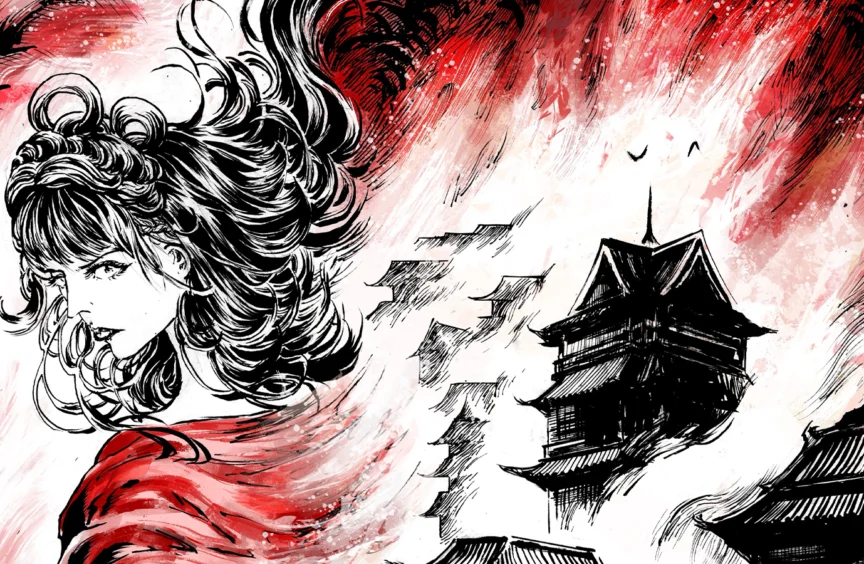
Once…
Under an oligarchic imperialism, a framed fugitive and a condemned courtesan are inseparably bound by their shared vengeance, nourishing the endless cycle of hatred that is rending the last shards of their entwined souls.
Sample Pages
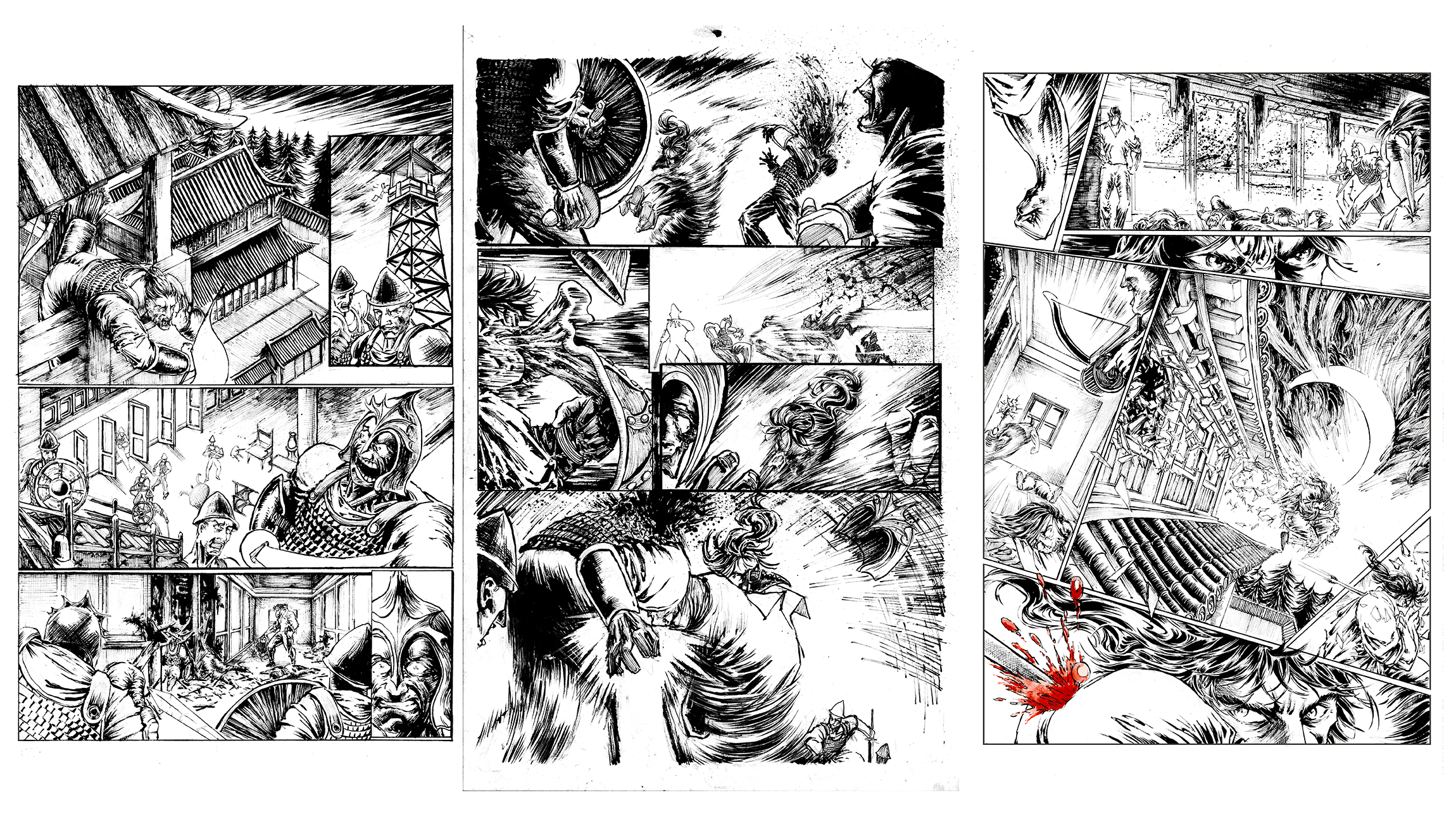
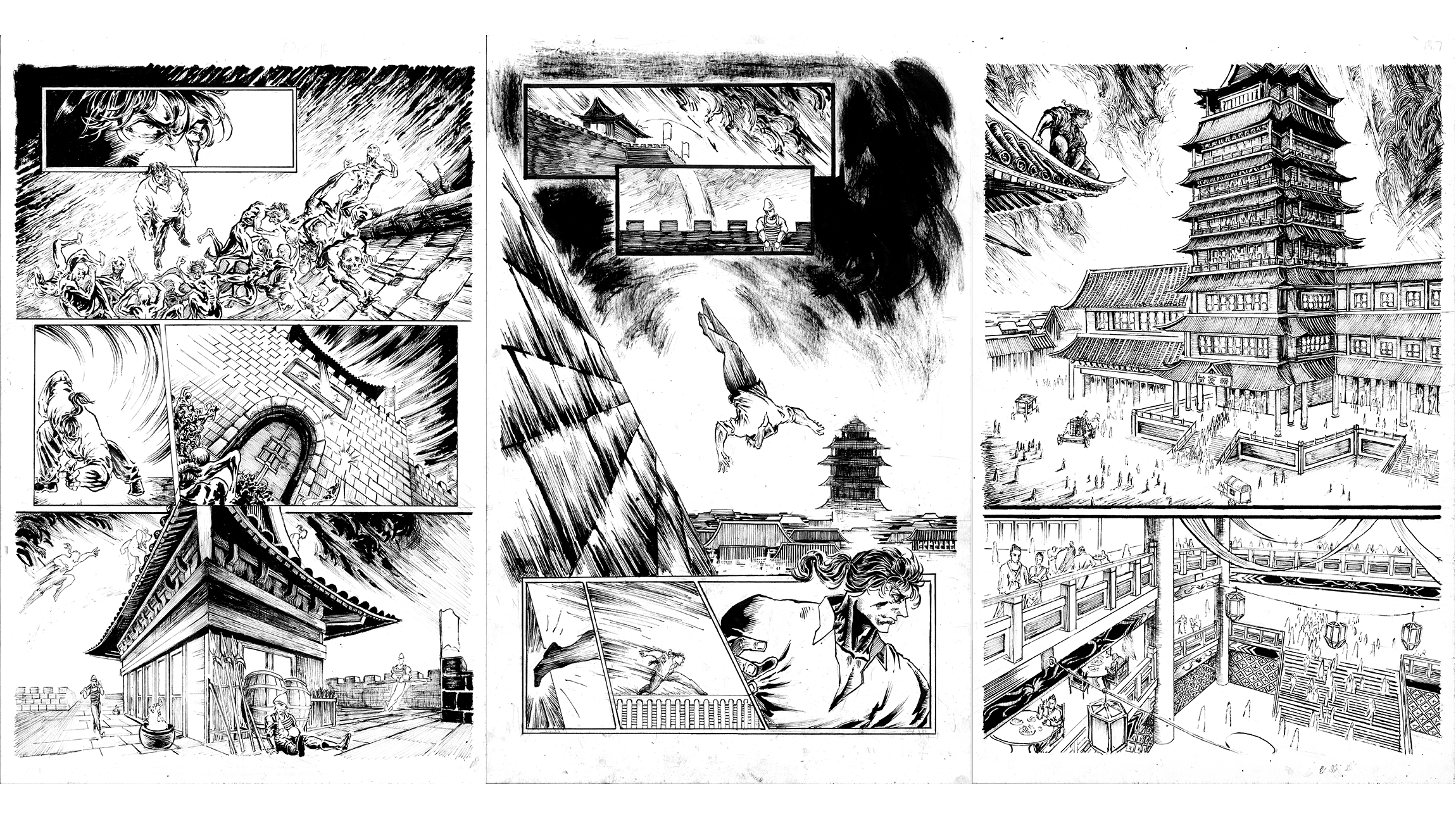
We are the living ghosts of our past, who have no right to grant forgiveness for them.
-Flora Apus
-Questions for Meng Yang-
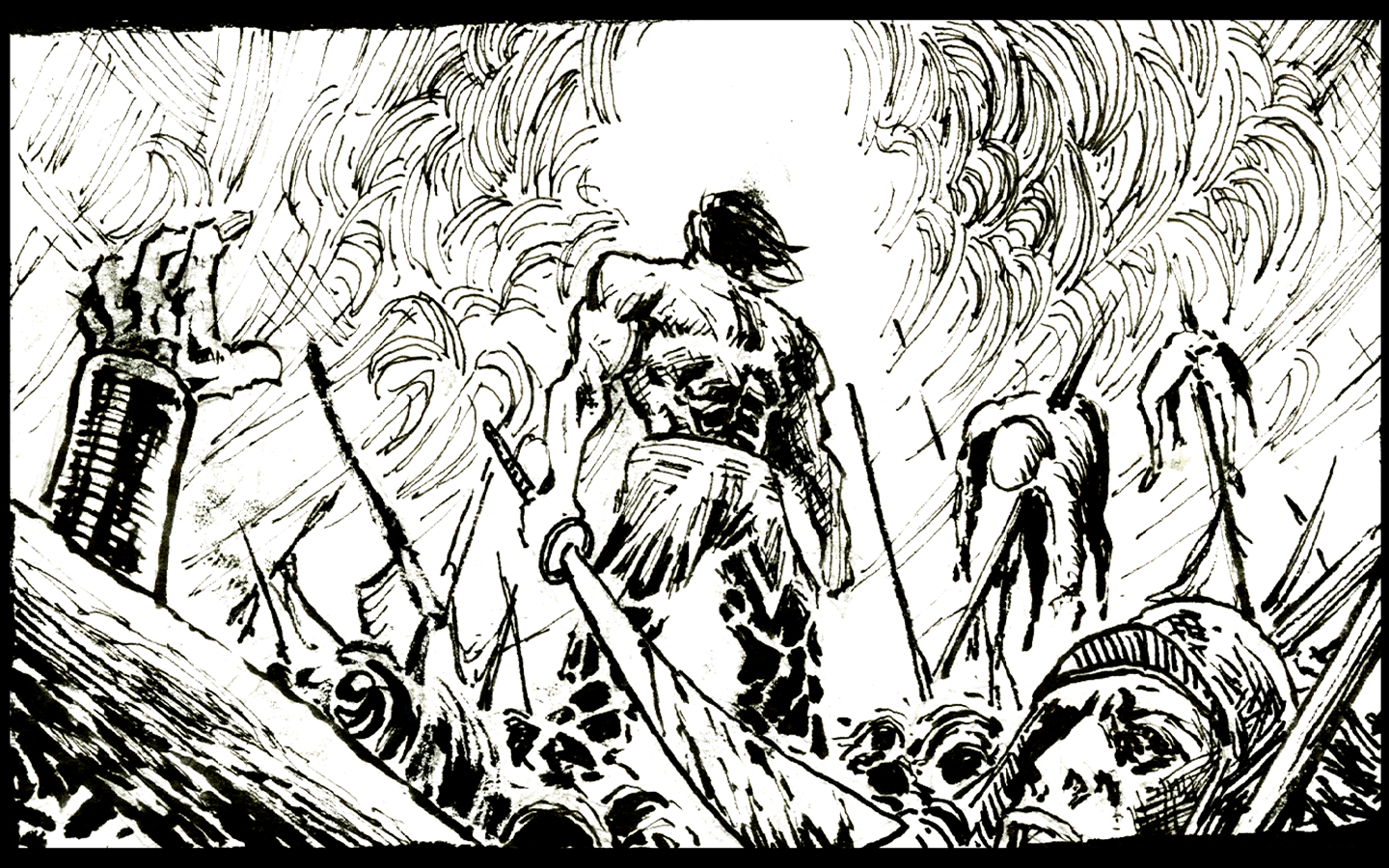
Q: Where did this story originate?
A: The story originally was intended to answer the question: ‘Where does malice come from?’—but that’s a false question. From a historical materialist perspective, the expansion of civilization inevitably breeds war and malice. Examples include the Qin conquest of the Six States in 230 BC and the Fall of Constantinople in 1453. This story focuses on the individuals who stand against the tide of their time, the truly strong ones.

Q: I realize that prostitution seems to play a role in your story structure. Is there a particular reason?
A: During Ming Dynasty China, state-controlled prostitution became a political tool. The elite would fabricate charges against rivals, condemning their wives and daughters to the notorious “Ministry of Entertainments”, a government brothel system embodying institutional oppression.
Yet from this darkness period emerged Li Xiang Jun, a courtesan who defied tyranny through unshakable integrity. Her legendary resistance, both to political oppression and in matters of love, inspired my character Flora.
In the story, prostitution manifests as a physical embodiment of the oligarchy’s oppression that Flora must overcome.
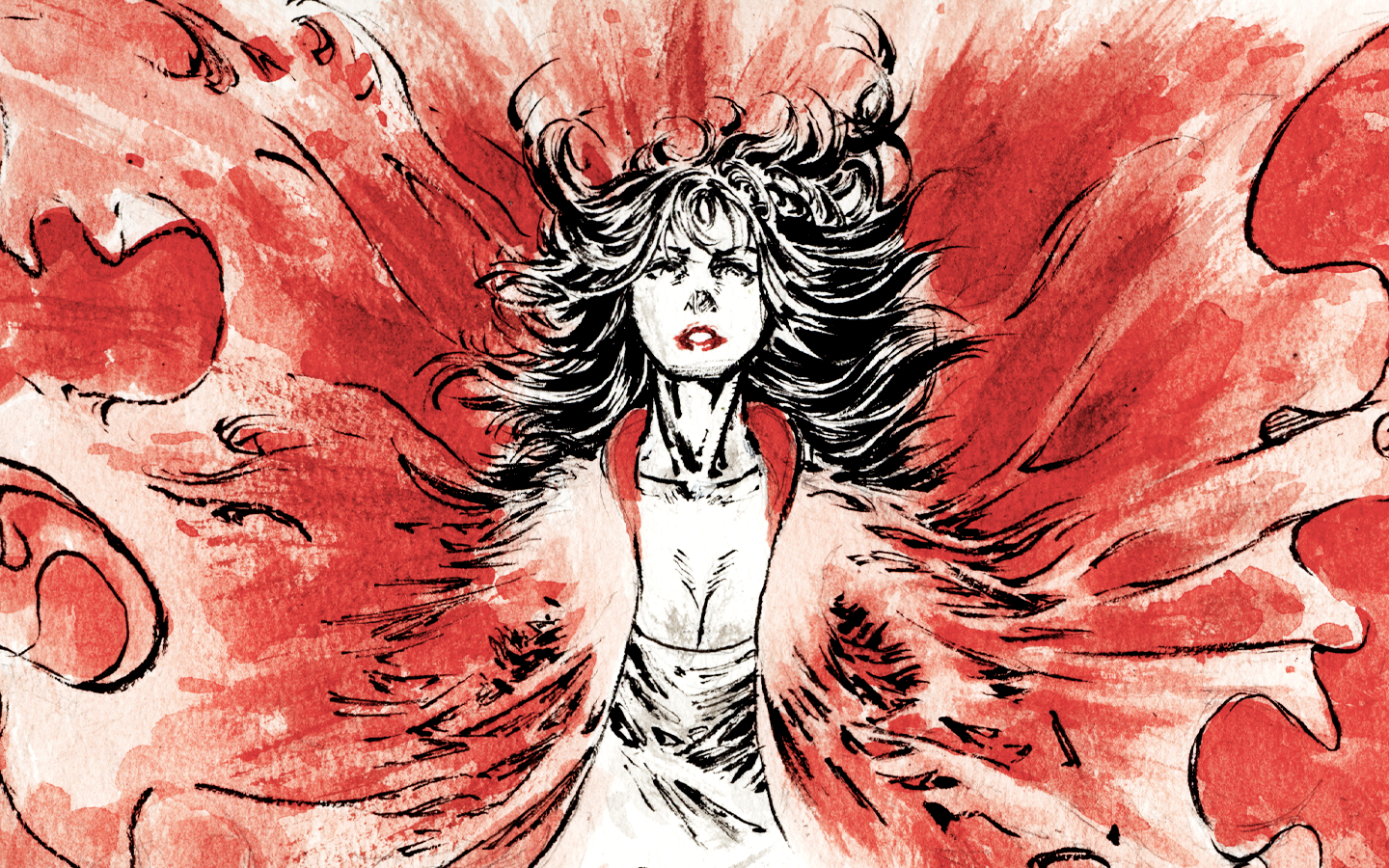
Q: Why is it called Apus?
A: As I said before, the expansion of civilization inevitably brings war and malice. Since this expansion is unavoidable, malice becomes like entropy—it cannot be destroyed, only transferred. This is what I call the Cycle of Hatred.
If you choose reconciliation, you must bear the increased entropy of the cycle. If, instead, you perpetuate the cycle, you transfer that entropy to others, and in doing so, you become the very thing you once hated.
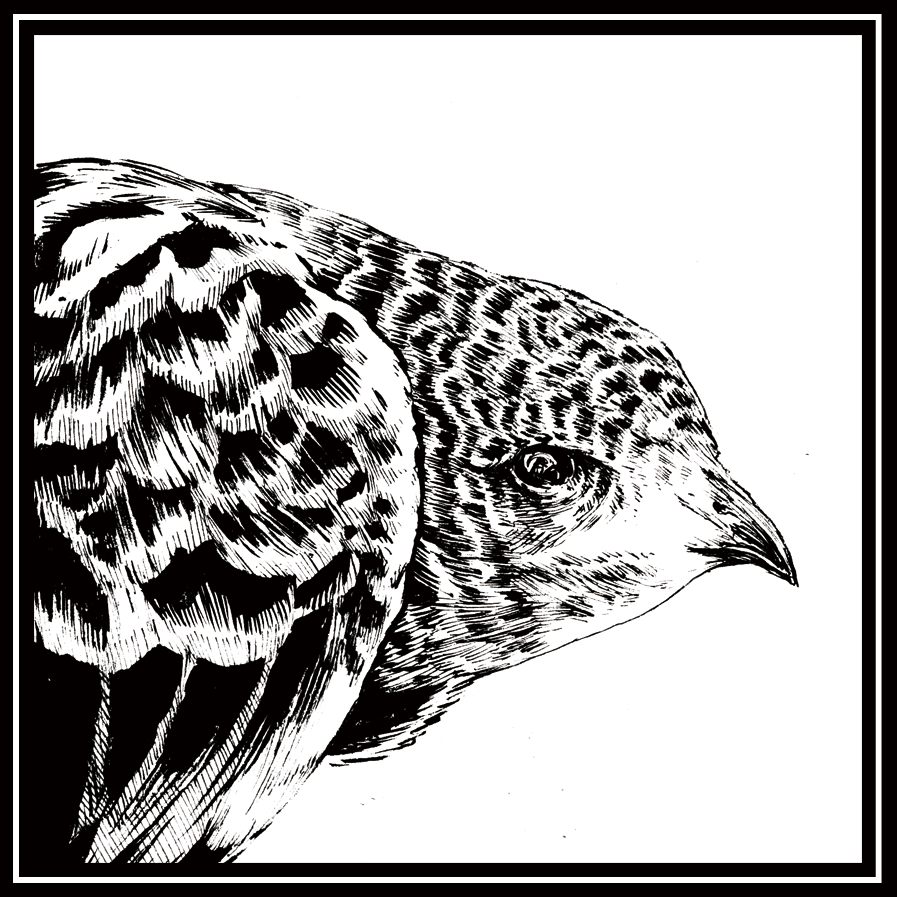
As for Apus, it’s a genus of bird known as the swift, known for their remarkable ability to stay airborne because of their non-opposable claws that forbid them from walking on a flat surface, and worse, to regain the sky once landed. They have no choice but to fly. This is a metaphor I chose for both of my protagonists, since they are both victims and enforcers of the Cycle of Hatred. Like an apus, their whole life is cursed to ride the whirlwind.
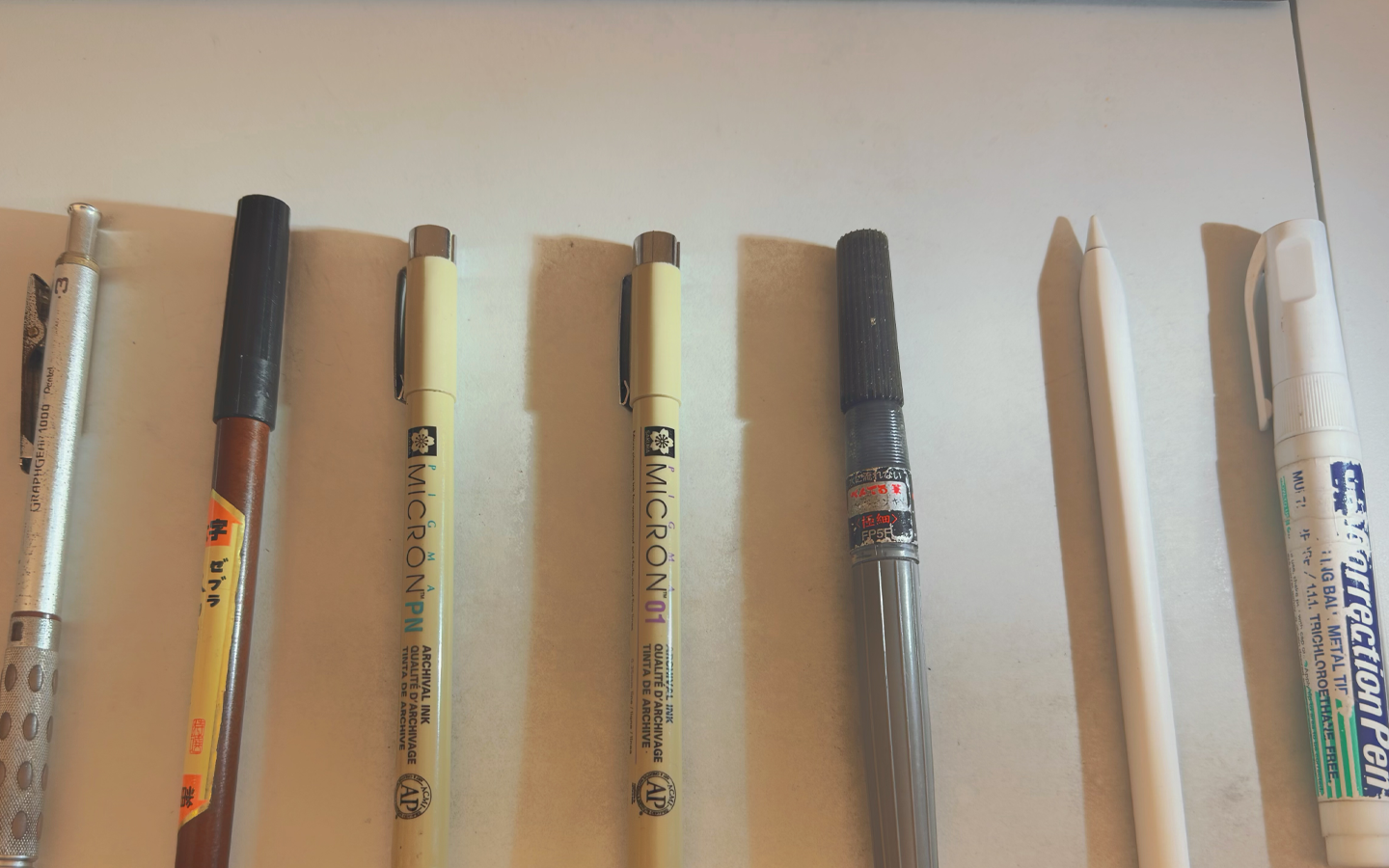
Q: Many people might wonder, what kind of tool do you use?
A: Most of my works are hand-drawn, and the lettering is done on iPad. For inking, my first choice is the beloved Pentel XP5F brush pen with its pigment ink cartridges—quick-drying and suitable for any paper. Fine details call for Micron liners, and occasionally, I’ll dab on some correction fluid for highlights. I also highly recommend Zebra’s FD series, though its non-quick-drying ink can be tricky on certain papers.
I believe an artist’s arsenal should be built on accessible tools—easy to replenish, and a reminder that even the most ordinary objects can become instruments of creation
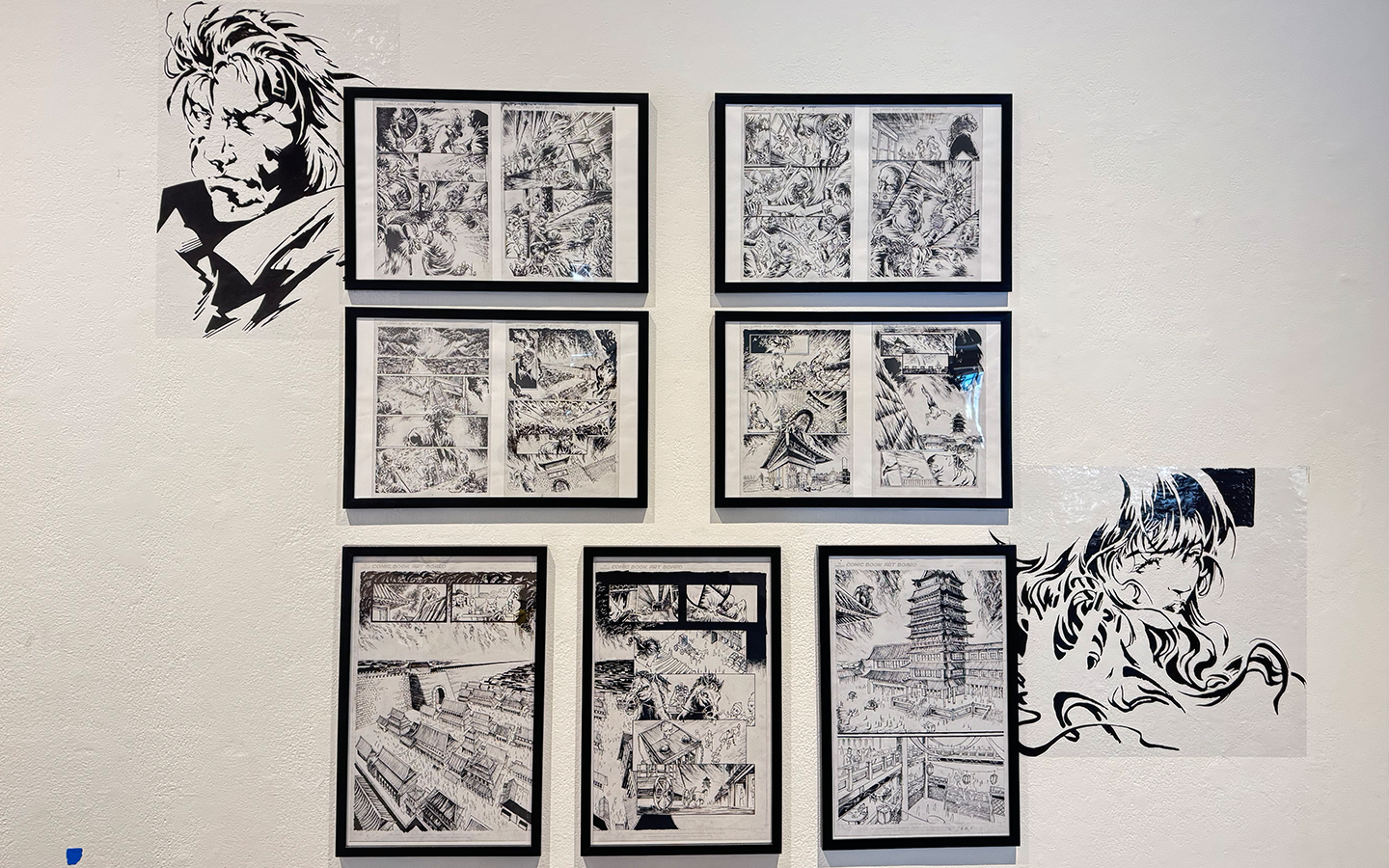
Apus exhibition at SVA Gramercy Gallery, July 2025.
Contact:
Personal website: https://mengverse.cargo.site/
Instagram: @kaitheboogeyman



